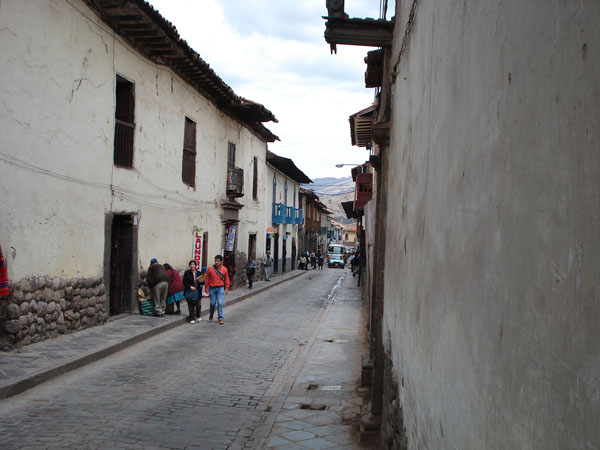Strategic Planning: A Key Tool for Developing Our Communities
In this new issue of our magazine, we open with a topic that is quickly gaining ground, particularly in the field of disaster risk reduction: strategic planning (SP), as a systematic approach to managing change and conceiving of the best possible future for a given organization, enterprise or territory. SP is a creative process intended to identify and undertake actions based on the characteristics of a given place (DELNET/ILO).
By way of background, the contemporary concept of SP applied to local development emerged in the 1950s and encompasses two currents. The first that draws on post World War II reconstruction policies, while the second was developed by Harvard University, in the United States.
Broadly applied by private enterprises in the 1960s and the 1970s, the concept of SP has been adopted by governmental and nongovernmental organizations since the early 1980s, and has been adapted to use it in problem-solving at the level of territorial units. Today, the development and implementation of strategic plans are one of the core elements of any coherent, participatory and sustainable development policy at the local level.
For the purposes of this article, the term “territory” is defined as the set of social, cultural, economic and political relationships that make up a given space (or environment), consolidated as the main reference and action unit. A territory is perceived as the tangible space where the problems facing the population and the tools to cope with them converge.

Photo:© Julio J. Trelles
Risk reduction strategies require specific tools and, therefore, SP is now being introduced into local development as a systematic tool to manage change and development. This is accomplished by identifying and defining needs based on goals and priorities that enable us to design the best possible future for a given territory, community or society. It is important to bear in mind, however, that implementing a Strategic Plan is not the only way to solve all the problems in a territory and that the tool itself has limitations.
It should be noted that SP may also be used as a “creative mechanism” intended to identify and undertake actions in keeping with the characteristics of each area and ranking the issues in terms of their priority, urgency and the resources available. It is also important to pay special attention to what is essential for future development, based on existing capacities, potential and accessible resources, leaving for later what is not immediately and absolutely necessary.
The primary goal of SP is as follows: In a disaster risk reduction process, a given territorial environment should be capable of leveraging opportunities and capacities, neutralizing (internal and external) hazards, capitalizing on strengths and overcoming weaknesses.
Furthermore, SP is a tool used to improve, strengthen and draw on aspects of development that are already beneficial, and solve critical situations, in which the actors and beneficiaries are the territory itself and the local stakeholders.
In practice, SP involves the design and development of a strategic plan, based on a series of considerations and studies that enable us to acquire a vision of future development and identify the priorities and goals we aspire to in our territory.
Because of its geographic location, topographic and historical conditions, socioeconomic development in the Americas is constantly exposed to natural phenomena. As a result, the consequences of inevitable hazards, such as geo-dynamic and hydro-meteorological events, are exacerbated by human actions.
In view of the above, a more balanced and responsible territorial planning process is required, and must be geared towards disaster risk reduction and enhancing resilience at the community level.
To a large extent, many risks in the Americas arise from the lack of or inadequate planning. This is observed in Andean capital cities with human settlements located in high-risk areas, or in the favelas in Sao Paulo and the so-called “misery villages” in Buenos Aires, where housing construction is inadequate. In Haiti, extreme poverty and environmental degradation have made the country more susceptible to hydro-meteorological phenomena, which add an excessive burden of vulnerabilities. These are only some of the many examples that we could mention throughout the region.
If development planning is wrongheaded or inappropriate, it can lead to heightened disaster risks. SP for disaster risk reduction must be integrated into and become a tactical element of local policies. As we have seen, many existing risks stem from the lack of territorial organization and planning. In order to build societies that are more resilient to natural hazards, it will be necessary to strengthen sustainability in all of its dimensions.
Dear readers, we wish you a pleasant reading and hope that this issue of the magazine fulfills your expectations.

Photo:© Julio J. Trelles
|